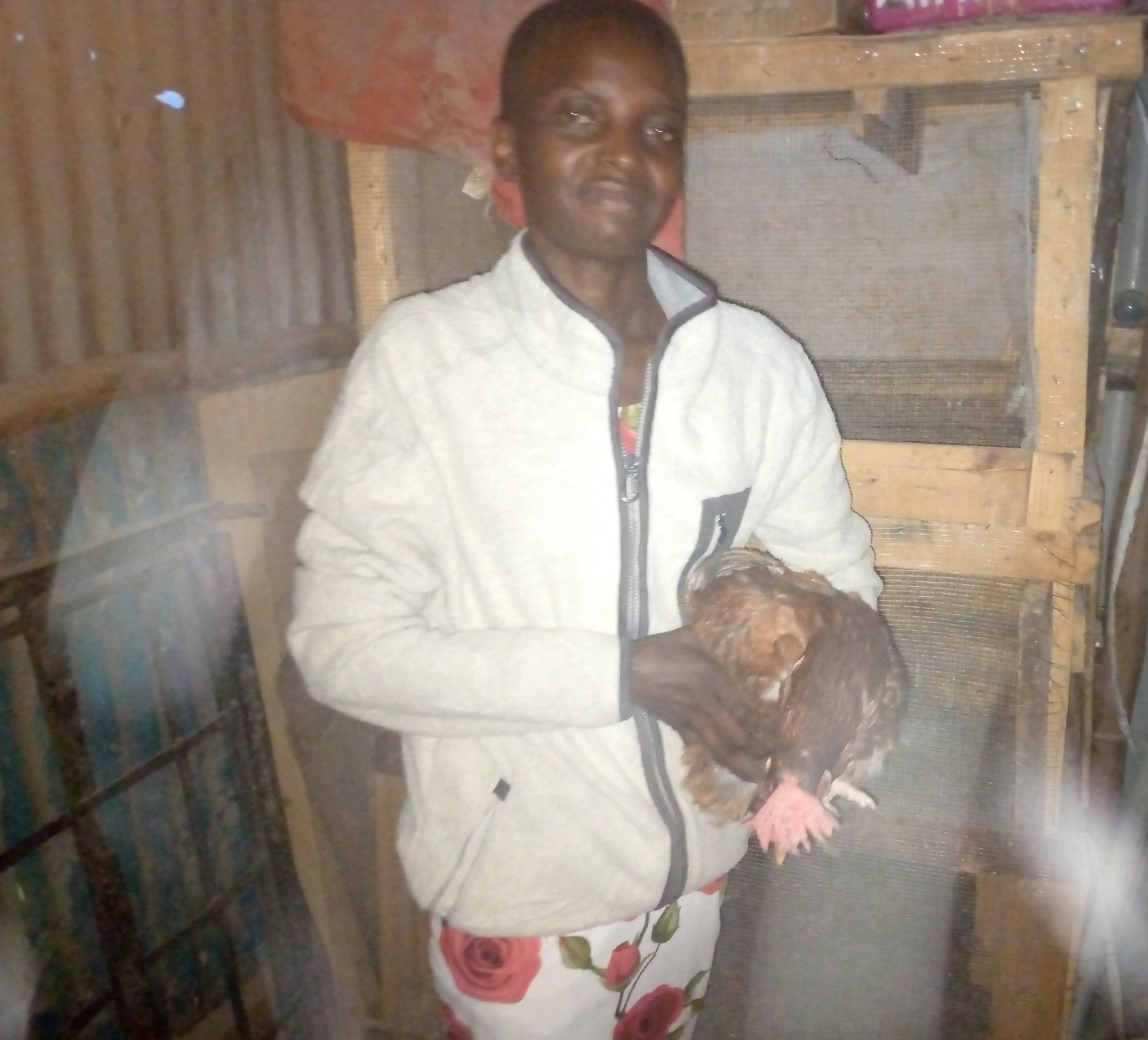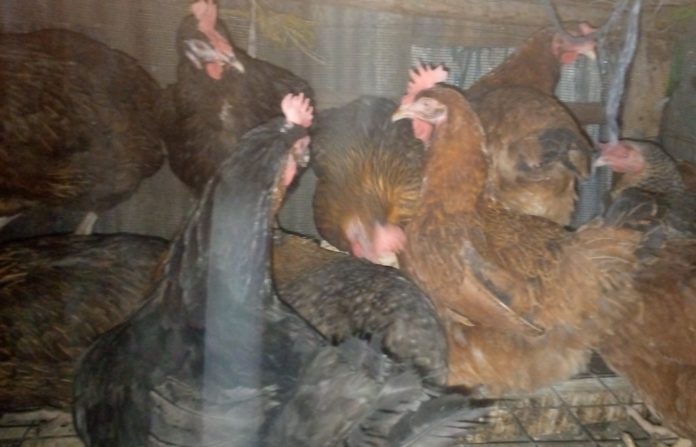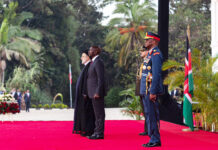by Lenah Bosibori
Nairobi, Kenya: Margaret Nyanganyi started chicken farming in a densely populated Nairobi’s Mukuru Kayaba slum afterlife became difficult due to the COVID-19 pandemic.
She was rendered jobless.
The middle-aged mother of two used to be a tailor and she could knit school uniforms and wedding dresses but since COVID-19 started and schools were closed while gatherings were banned, she had nothing to do in her shop.
After five months of staying at home doing nothing, she started poultry farming with 50 one-day-old chicks.
“I first started with 50 one-day-old chicks which I was buying at 100 shillings each totaling to the capital of 5,000 shillings, “Nyanganyi said during a recent interview.

She adds that after one week lapsed, she added another 100 batches totaling 150 chicks, she tried to take good care of them but after few months the chicks started dying and in a few weeks’ time, 15 of them had already died.
“At first, I didn’t know the cause of the death, later I realized that they were too crowded and there was no adequate space for them,” says Nyanganyi.
Nyanganyi is rearing her chicken on the rooftop of her house since she could not find a better place to keep them due to the overcrowding of houses in Nairobi’s Mukuru slums where she calls home.
Early this year, the weather was so good and the chicken started laying eggs and at that moment she had increased her stock to around 200.
“The eggs were so many till I started looking for the market outside the slum, in the slums, most people don’t buy indigenous eggs due to the high price,” says Nyanganyi.
I love the rearing of indigenous chickens because they are tolerant to many diseases,” she adds.
Nyanganyi says on rare occasions does she bring a veterinary to her poultry farm. She says that she spends 2900 shillings on a weekly basis to feed them.
In June this year, the climate changed and I didn’t know where to start, “It used to be very cold, the source of power I used to rely on was taken by Kenya power when there was a crackdown of illegal power connections bringing total darkness to my chicken,” adds Nyanganyi.
According to her, the chickens started dying again. In the month of July I collected 50 dead chickens, I reached a point I lost hope in them but again imagining how much I had spent on them, I was forced to push on,” she adds.
The situation has persisted until recently when they stopped dying, I am now aware of how to feed and keep them warm, says Nyanganyi.
“I am now happy because it has been a year of trial and error and struggle on how to keep my poultry safe, I am now an expert,” she adds.
“I have a shop where I sell the eggs and supply others to shops around this area,” says Nyanganyi.
Dr.Victor Yamo, the Campaign Manager at World Animal Protection says that climate change has affected everybody but it has nothing to do with poultry rearing.
“If a farmer does not do proper management, chickens will die, it has nothing to do with climate change,” adds Yamo.
He adds that the effects of climate change on poultry are an industry-wise process, “there are possibilities of more diseases because climate change patterns cause specific diseases,” says Yamo.














